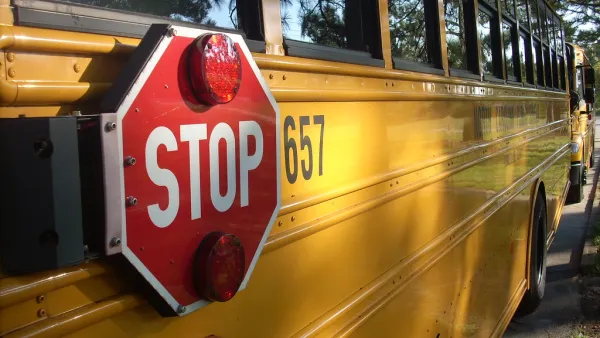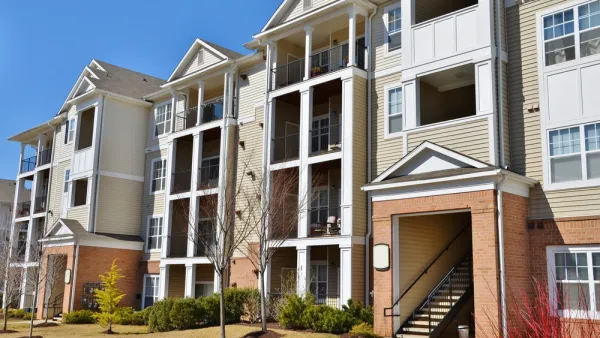Emily Badger examines the role of housing segregation in obstructing the promise of Brown v. Board of Education.
"It’s that much harder to integrate classrooms when the communities where children live are still so segregated," writes Emily Badger of the incomplete legacy of Brown v. Board of Education. Making the task of segregating public schools so difficult is the fact that of all the populations in the country, children are the most likely to be isolated from other racial or economic groups: "Since the Civil Rights Era, residential racial segregation across the U.S. has steadily declined. But segregation among school-aged children has startlingly lagged behind this progress. In the communities where they live, black and white children -- as well as the poor and non-poor -- are more isolated from each other than adults in the U.S. population at large."
The connections between housing policy and education policy lead Badger to ask the questions: "What if we made a more concerted effort to integrate schools by integrating neighborhoods? What if we tried to improve the educational prospects of low-income minority students by breaking down barriers to affordable housing in the communities where good schools exist? What if we wielded zoning laws and housing vouchers as levers of education policy?"
The article includes analysis of a number of policy examples that address these questions, including inclusionary zoning, excluding federal funding to communities that adopt exclusionary zoning standards. On the former point, Badger details a study by Heather Schwartz finding better test scores for low-income students that attended high quality schools due to an inclusionary zoning program in Montgomery County, Maryland.
FULL STORY: Housing segregation is holding back the promise of Brown v. Board of Education

National Parks Layoffs Will Cause Communities to Lose Billions
Thousands of essential park workers were laid off this week, just before the busy spring break season.

Retro-silient?: America’s First “Eco-burb,” The Woodlands Turns 50
A master-planned community north of Houston offers lessons on green infrastructure and resilient design, but falls short of its founder’s lofty affordability and walkability goals.

Delivering for America Plan Will Downgrade Mail Service in at Least 49.5 Percent of Zip Codes
Republican and Democrat lawmakers criticize the plan for its disproportionate negative impact on rural communities.

Test News Post 1
This is a summary

Test News Headline 46
Test for the image on the front page.

Balancing Bombs and Butterflies: How the National Guard Protects a Rare Species
The National Guard at Fort Indiantown Gap uses GIS technology and land management strategies to balance military training with conservation efforts, ensuring the survival of the rare eastern regal fritillary butterfly.
Urban Design for Planners 1: Software Tools
This six-course series explores essential urban design concepts using open source software and equips planners with the tools they need to participate fully in the urban design process.
Planning for Universal Design
Learn the tools for implementing Universal Design in planning regulations.
EMC Planning Group, Inc.
Planetizen
Planetizen
Mpact (formerly Rail~Volution)
Great Falls Development Authority, Inc.
HUDs Office of Policy Development and Research
NYU Wagner Graduate School of Public Service





























